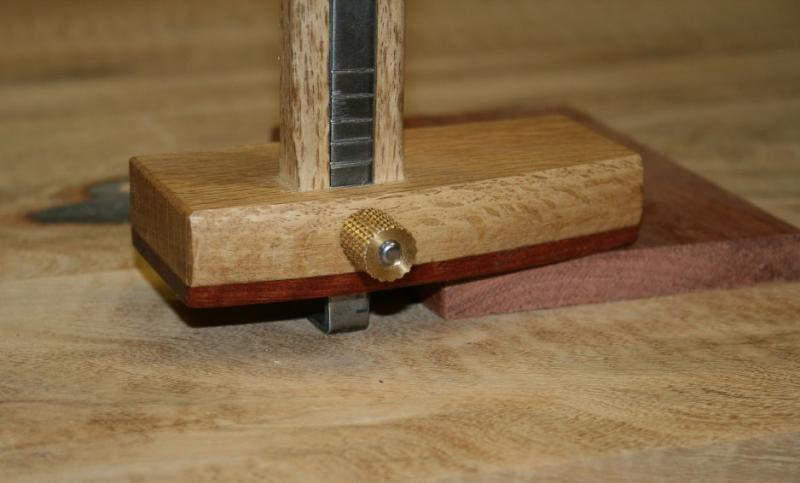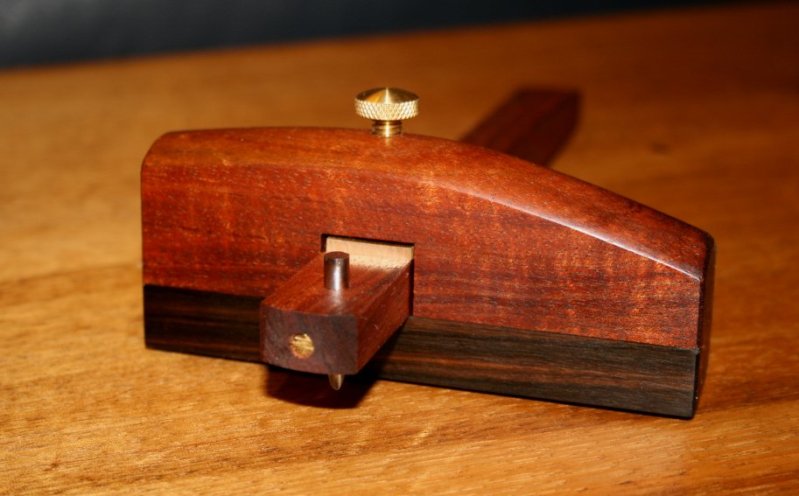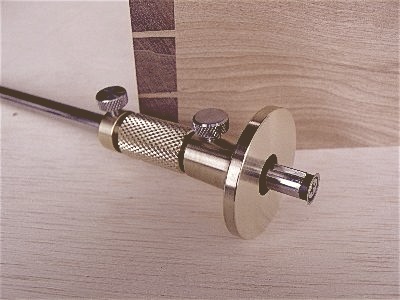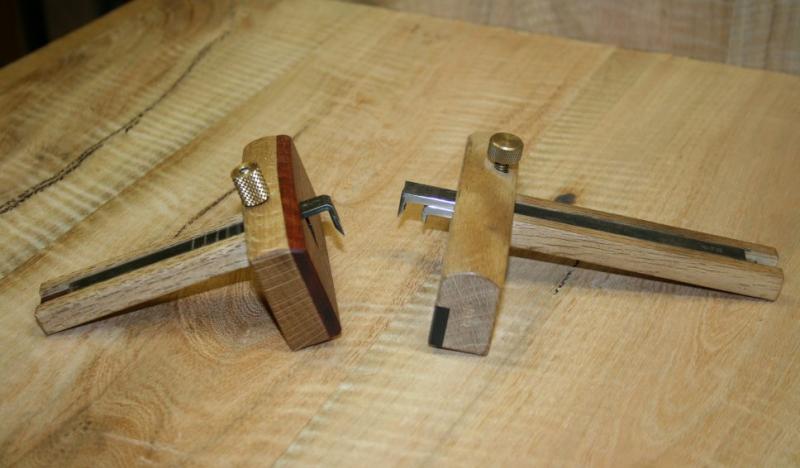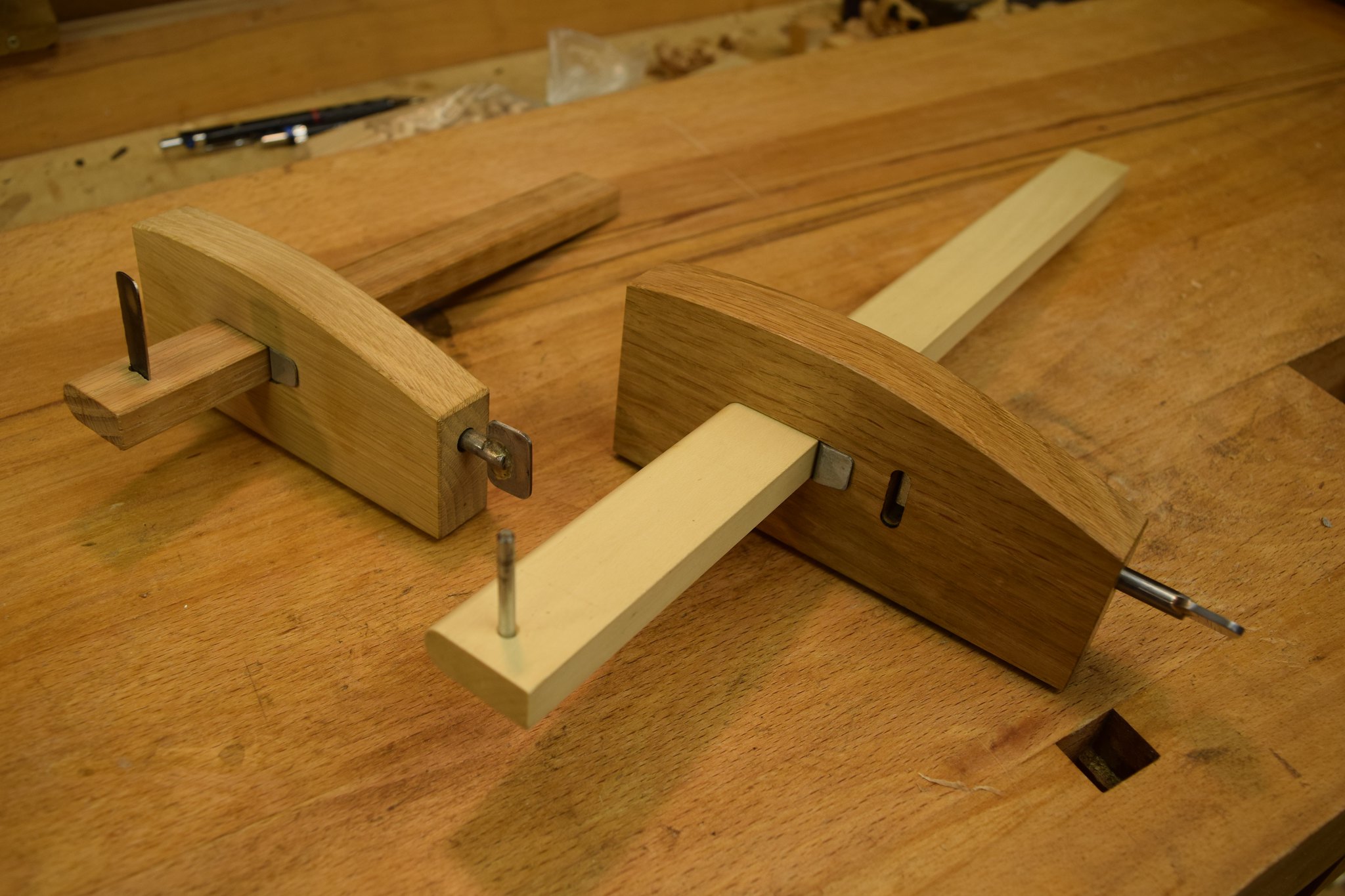I am in the market for a couple of new marking gauges. I currently have one of the Quangshen wheel type marking gauges and a rubbish el cheapo dual marking / mortise gauge that seems to lose its setting every time I put it down on the bench.
The wheel gauge is ok but I find it fiddly to hold at times plus I am starting to see the benefit of having a couple of gauges set up for different things when doing an ongoing project over a number of days / weeks.
So I need a good traditional (non wheel type) mortise gauge and I am thinking a cutting gauge would be a good addition.
The mortise gauge options seem to be limited to Joseph Marples 2 offerings (standard and Trial 1) or the crown gauge. I see that Peter Sefton has Marples make a slightly different spec gauge for his school and shop - is this the one to get?
For the cutting gauge i like the look of the Hamilton gauges (http://www.hamiltontools.com/hamilton-marking-gauge/) but as these are coming from the states a £50 gauge ends up being north of £80 by the time you what on the import / vat / admin fees of importing it.
The wheel gauge is ok but I find it fiddly to hold at times plus I am starting to see the benefit of having a couple of gauges set up for different things when doing an ongoing project over a number of days / weeks.
So I need a good traditional (non wheel type) mortise gauge and I am thinking a cutting gauge would be a good addition.
The mortise gauge options seem to be limited to Joseph Marples 2 offerings (standard and Trial 1) or the crown gauge. I see that Peter Sefton has Marples make a slightly different spec gauge for his school and shop - is this the one to get?
For the cutting gauge i like the look of the Hamilton gauges (http://www.hamiltontools.com/hamilton-marking-gauge/) but as these are coming from the states a £50 gauge ends up being north of £80 by the time you what on the import / vat / admin fees of importing it.





